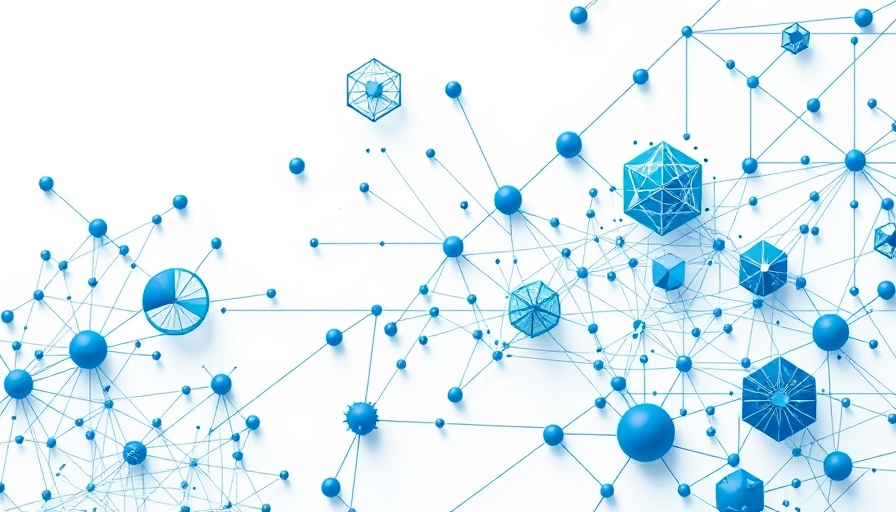
Revolutionizing Large Language Models with GEPA
In a significant leap for artificial intelligence, researchers from prestigious institutions such as the University of California, Berkeley, Stanford University, and Databricks have unveiled GEPA—a novel optimization method set to transform how businesses adapt large language models (LLMs) for specialized tasks. Unlike traditional reinforcement learning (RL) methods, which often rely on cumbersome trial-and-error learning, GEPA capitalizes on the LLM's inherent language understanding to refine its performance through iterative self-assessment.
Why Businesses Need Efficient AI Optimization
For enterprise-level applications, LLMs are seldom used in isolation. Modern AI solutions typically involve intricate workflows—known as compound AI systems—that blend multiple LLM modules with other tools and custom logic to achieve highly sophisticated outcomes. The challenge is magnified in cases where optimization could lead to significant cost savings and efficiency. According to Lakshya A Agrawal, a co-author of the research, traditional methods like RL may deter teams from exploring the potential of LLMs effectively due to high costs and complexity.
The Limitations of Traditional Reinforcement Learning
As businesses increasingly rely on LLMs for various applications—from automated coding to data-driven analytics—understanding the limitations of RL becomes crucial. These methodologies usually treat AI systems as black boxes, accumulating knowledge through scores assigned after extensive runs (or “rollouts”). This method can require tens of thousands of trials before yielding meaningful adjustments, making it impractical for industries where every action incurs significant costs, such as API calls or complex computations.
GEPA: A Smarter Path Forward
GEPA introduces a groundbreaking approach by replacing sparse numerical rewards with detailed natural language feedback. By serializing the AI system's entire execution—including reasoning, tool interactions, and errors—into readable text, GEPA allows the LLM to assess errors and refine behavior more intelligently. This not only enhances accuracy but drastically reduces the number of needed trials—by as much as 35 times, according to the research findings.
Future Implications for AI Systems
The introduction of GEPA could usher in a new era for AI, particularly in settings constrained by budgets and data. With the capabilities of GEPA, businesses will have a tool that enables them to maximize their investments in AI without the logistical headaches of fine-tuning complex models or managing extensive GPU clusters. As Agrawal notes, this means teams can focus on improving their AI systems' performance without being burdened by financially prohibitive methodologies.
Actionable Insights for Business Leaders
For entrepreneurs and managers looking to enhance their AI capabilities, understanding and leveraging methods like GEPA may prove invaluable. Not only does it promise to streamline the development cycle, but it also offers a compelling avenue to optimize LLM deployments. By adopting these advanced strategies, businesses can position themselves at the forefront of the AI revolution.
In conclusion, the optimization of LLMs using innovative methods like GEPA is more than just a technological upgrade; it's a strategic necessity for businesses looking to thrive in an increasingly AI-driven environment. Embracing such advancements can lead not only to cost savings but also to more reliable and efficient applications of AI.
 Add Row
Add Row  Add
Add 




Write A Comment